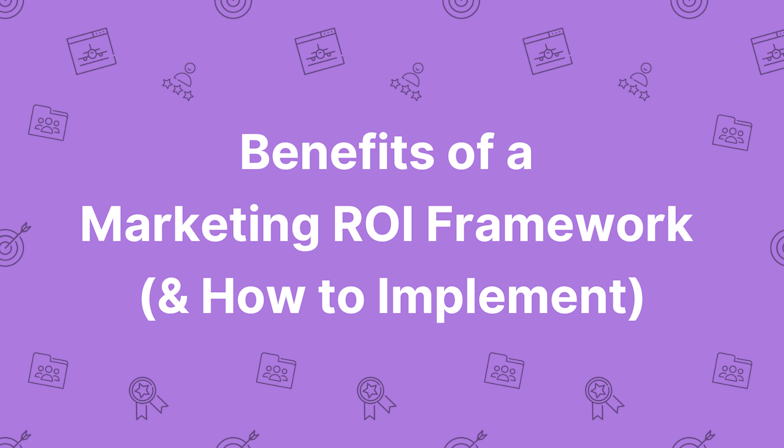This blog was written before Pardot was renamed to Marketing Cloud Account Engagement. You can read more about the name change and what it means here.
How we organise our Pardot account can be the difference between having a sleek marketing automation platform and just housing a clutter of assets and automation.
Without organisation, there is a much higher risk for the business. Just a few consequences may be;
- teams losing time as they search for assets or troubleshoot errors.
- inaccuracies between Salesforce and Pardot data.
- manual reporting needed to interpret true marketing performance.
- incorrect use of prospect data and potential GDPR violations.
- lost or duplicated Campaign assets.
- higher costs due to maxing out Pardot usage limits.
Within this blog, I’ll cover my top 10 tips for organising your Pardot Folders, Campaigns, Tags and even your Lists. You can find a brief wrap up of these tips in the infographic below!
Of course, getting your account in order is step one but maintaining this order is also crucial! We should be auditing our Pardot account as often as quarterly.
Hover to zoom

Ready to organise your Pardot account?
1. Check the Salesforce Connector for errors
A key action for keeping our Pardot account organised is to check if there are any sync errors that need to be fixed between Salesforce and Pardot. We should also check that the Salesforce connector has all of the permissions required.
By regularly checking in with our connector, we can ensure data is syncing accordingly between the two platforms and avoid misalignment between the information sales has access to, versus marketing.
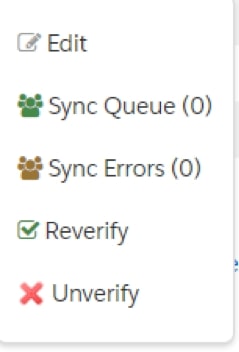
2. Organise Campaigns
Our Pardot Campaigns enable us to track and report on prospects and our marketing efforts, so it’s vital we always associate our assets to the correct Pardot campaign (or Salesforce campaign, if you’ve already got Connected Campaigns turned on - which we recommend! Head to our other blog to find out more).
Once we ensure our assets are associated with the correct campaign, are there any campaigns that are no longer relevant? To keep our account decluttered, we can simply remove them to the recycle bin!
3. Review custom fields
It is important we ensure that all of our custom fields are necessary. Frequent reviews of the custom fields we’ve created will ensure we are on top of any fields which have become redundant.
By reviewing our custom fields, we can also spot if there are any fields that need creating and whether we could pull more data from Salesforce for automated email programs!
When creating custom fields it is important to use correct names that make intuitive sense. This will help when it comes to reviewing fields.

4. Have a coherent Folder structure
If a coherent folder structure is already in place, this will save us time when browsing through marketing campaigns and content and also reduce the risk of lost or duplicated assets.
Use downtime to organise marketing assets into logical, relevant folders. Doing this means we can ensure that our Pardot account will remain transparent, tidy and easy for other Pardot users to access the right assets.
Naming conventions is another great way to ensure our marketing content is easy to find! With naming conventions in place, we can quickly filter through to find exactly what we may be searching for.
We recommend any Admin / Marketing users who create assets in Pardot going forward maintain a consistent naming convention.
5. Organise with Tags
Tags help with sorting, organising, reporting, searching, and more. By using tags, we can organise our content by Campaign & track Campaign touchpoints, as well as organise our content by its type and organise our prospects!

Add tags to assets
By adding a tag to all items associated with a Campaign we can easily find them at a later date. This is beneficial if we need to duplicate/copy an asset.
Add tags to uploaded content
When we upload new files into Pardot we should apply a tag relating to the file type, such as logo’ or datasheet’ etc. This will make it easier to find the specific file and also allow us to report on particular items.
Click the image above to download our guide to organising Pardot like a pro
Add tags to prospects
Apply tags to prospects by using the prospect table or automation rules. This will enable us to easily pull the tagged prospects for either review or reporting.
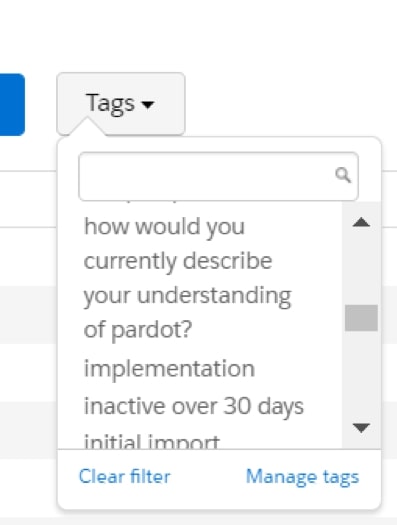
6. Review email drafts
Reviewing our email templates, drafts and list email drafts we can check whether any need to be removed.
For example, do we have multiple versions that can be discarded? Do we have lots of Test’ emails that can be removed? If so, remove these so they don’t confuse other users and get in the way of finding needed email drafts.
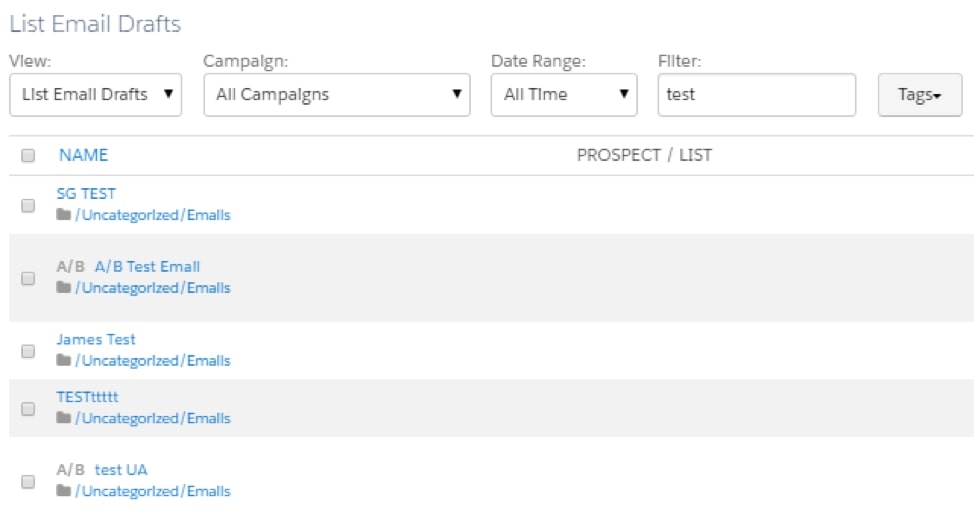
7. Clean up Lists
If Lists are no longer required we can send them to the recycling bin. This is really beneficial as it will not only clean up the account, but any prospects who are associated with the deleted list will not be deleted and will remain in the system.
Of course, Pardot Dynamic Lists are really useful to help organise an account.
We can use Dynamic Lists to automatically segment prospects based on matching a set of rule-based criteria. After we have defined the rule criteria once, the Dynamic List will continuously use that rule to add prospects from the list. If they no longer meet the criteria, they will be removed from the list automatically!
We can then use these Lists to organise prospects into recipient lists or suppression lists for Engagement Studio programs or emails.
This is a great way to organise prospects in the back of Pardot, with little work required from users.
8. Use the recycle bin
A great thing about the Pardot recycle bin is it never really lets you delete anything (other than content files!). The recycle bin will hold and not permanently delete even after a long length of time.
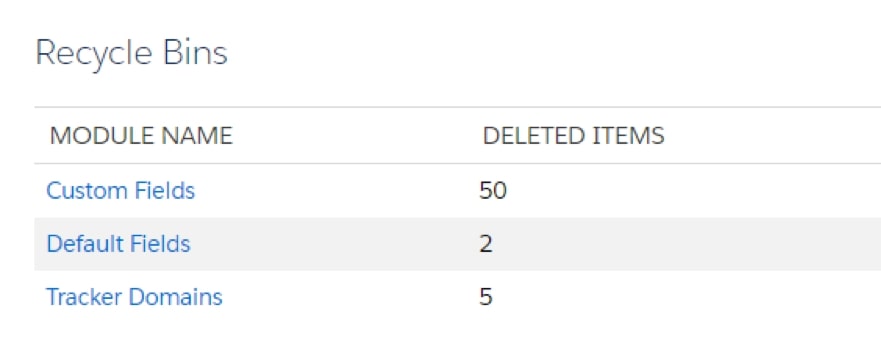
Anything moved to the recycle bin will remain there until we choose to restore it.
For example, if we delete a specific prospect record this month, and then next month restore them, all of their visitor activity that happened in the meantime will be restored too!
In addition, prospects will also retain all of their previous histories from before they were put in the bin, for example, the lead scores that they had amassed or the forms they had filled out.
When we delete files in Pardot, we need to be confident that they are not actually being used in templates. This links back to our use of naming conventions and tags for assets! Files which are deleted will no longer be visible or available online, so make sure you double and triple check before pressing delete.
If we make sure we tag all assets that are being used on a Pardot landing page or email, we will be able to see whether this file we want to delete is actually being used in a live asset.
We can also retrieve what we have put in the file (this excludes content files, empty folders and dynamic content which cannot be retrieved once they have been deleted). This is great, as we can rectify it quickly if we move something to the recycle bin that’s still needed.
9. Check Usage Limits
By accessing our Usage we can spot whether we are reaching any of our limits.
Say we are close to encroaching the limit of file storage, we’d need to consider upgrading or cleaning up the account by deleting outdated Pardot-hosted files.

This is another great way that the recycle bin can help organise our account. Anything that has been put into the recycle bin will not count towards Usage Limits. This means, once we put something in the bin, it will free up more space for the required items we need in Pardot.
Prospects in the recycle bin also do not contribute towards our database limits.
This is very useful if our mailable prospect count is nearing that limit, and we need to start making some decisions as to who gets the cut.
As we touched on earlier, these prospects can be retrieved at any time. We can also use the recycle bin to move inactive prospects that may be cluttering up the database. If these prospects re-engage and submit a form, Pardot will automatically take them out of the recycle bin.
10. Update features in Pardot
Ideally, HML should be turned on, as this opens up more advanced levels of personalisation. To ensure we’re getting the most out of our account it’s vital we stay up to date with the new features available.
Those pop-ups on the dashboard which recommend turning on specific features are there for a reason!
We recognise that whilst many companies have been using Pardot for some time and are familiar with the platform, a lot do not know where to begin when it comes to reaping the rewards!
A free Pardot audit from MarCloud Consulting will highlight any areas within Pardot that need to be fixed or optimised so you can really start to utilise the platform in the best way possible! Get in touch to arrange.
You can also download our free eBook and account hygiene calendar to help keep you accountable!

Chloe Prowse
Having worked with Salesforce products for 10+ years, Chloe is a certified consultant and marketing automation enthusiast with a varied background across martech, operations, and enterprise consulting. She loves meeting new people and sharing her knowledge to set them up for success, including matching MarCloud customers with the right service solutions. Passionate about ethical marketing, she'll find any excuse to talk about GDPR and compliance on the Salesforce platform.
More by Chloe ProwseFeatured resource
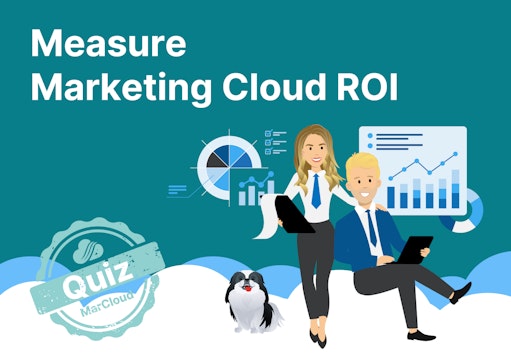
Quiz: Measure Marketing Cloud ROI
Maximising marketing ROI is the ultimate goal for every Salesforce marketer. How close are you to proving marketing and sales attribution? Take our free online quiz to find out. Using 25 quick and easy questions, we'll mark your answers against our market-leading MarCloud ROI Framework.
Take the quiz




